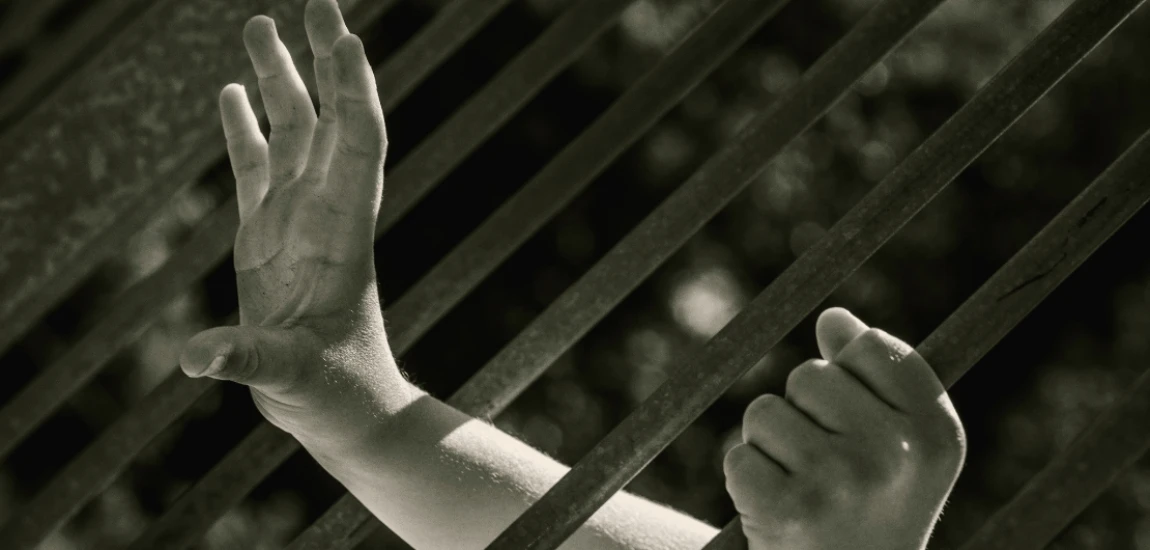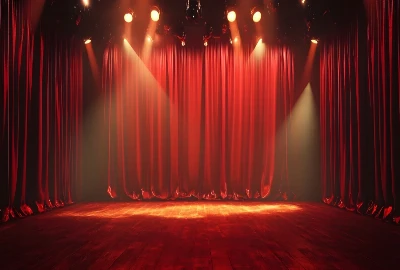The Aesthetic Trap: When Visuals Outshine Storytelling

In today’s entertainment landscape, we’re living in a golden age of style. From polished cinematography to Instagram-worthy color palettes, media has never looked more stunning. Yet beneath the beauty lies a problem critics and audiences alike have started to notice: the aesthetic trap. This term describes the phenomenon where visual spectacle overshadows meaningful storytelling.
Streaming platforms, prestige cinema, and even social media-driven content often prioritize aesthetics to capture immediate attention. It’s easy to be dazzled by neon lighting, elaborate set designs, or carefully curated costumes—but if the narrative fails to engage, the experience can feel hollow. Audiences may finish a show or film impressed by its beauty yet unsatisfied by its story.
The allure of visuals
Visuals are powerful because they provide instant gratification. A single striking image can go viral, draw audiences in, and create anticipation for a project. In a market oversaturated with content, visuals act as a hook, a way to stand out.
The neglected narrative
But when storytelling takes a back seat, the result is short-lived hype. Without narrative substance, audiences lose emotional connection. The project may trend for its aesthetic appeal but fade quickly from cultural memory.
The aesthetic trap reminds us of a core truth: style and substance are not enemies, but when style dominates, storytelling suffers.
The Rise of Visual-First Entertainment

Why has the aesthetic trap become so prevalent in modern media? The answer lies in the convergence of digital culture, global streaming, and shifting audience expectations.
The Instagram effect
Social media has trained audiences to prioritize visuals. A scene designed to be screenshotted or GIFed spreads faster than a carefully crafted dialogue exchange. Platforms like Tiktok and Instagram thrive on aesthetic snippets, encouraging creators to build “shareable moments” instead of nuanced arcs.
Prestige TV and cinematic spectacle
With the rise of prestige television, budgets for production design and cinematography skyrocketed. Shows like Euphoria and The Crown are praised as much for their visuals as for their scripts. While these series balance both elements well, they also set a standard where aesthetics can sometimes become the selling point rather than the story itself.
Competition in the streaming wars
Streaming platforms compete for eyeballs in an oversaturated market. The fastest way to attract attention is with high production values and striking visuals. This pressure often leads to projects where form triumphs over function, resulting in aesthetically beautiful but narratively shallow content.
Why Audiences Fall for the Aesthetic Trap

The aesthetic trap isn’t just an industry issue—it’s also about audience psychology. Viewers are naturally drawn to beauty, and in a world where attention spans are shrinking, aesthetics often win over patience for complex storytelling.
Visuals as emotional shortcuts
A stunning image can evoke emotion instantly. A carefully lit scene or a symbolic costume can make audiences feel something even before the narrative provides context. This shortcut appeals to audiences seeking quick, powerful experiences.
The binge-watch mentality
Binge culture encourages fast consumption. With entire seasons released at once, viewers often prioritize pace over depth. Gorgeous visuals can mask weak storytelling in the moment, even if audiences realize afterward that the plot felt thin.
The cultural prestige of aesthetics
Visual sophistication has become a cultural marker of “quality.” A show or film that looks cinematic is often assumed to be good, even if its story is lacking. Audiences equate polish with prestige, allowing visuals to overshadow critical evaluation of narrative depth.
The Cost of Prioritizing Aesthetics Over Story

While aesthetics can elevate storytelling when used effectively, relying too heavily on visuals comes with consequences—for creators, audiences, and the industry at large.
Shallow engagement
When projects lean on visuals, they risk creating shallow connections. Audiences may admire the look but fail to form lasting emotional attachments to characters or stories. This weakens cultural longevity.
Disposable content
The aesthetic trap fuels the creation of content designed for quick consumption and instant trend cycles. Projects may dominate social feeds for a week, then vanish without leaving a lasting impact. This disposable culture undermines the art of storytelling.
Burnout for creators and viewers
Creators pressured to prioritize aesthetics may neglect narrative innovation. Meanwhile, audiences overwhelmed by style-driven but empty content may experience fatigue, craving deeper and more meaningful stories.
Balancing Visuals and Storytelling: Lessons from Successes

Not all visually stunning projects fall into the aesthetic trap. Many manage to strike a balance between beauty and substance, offering lessons for both creators and audiences.
Visuals as narrative tools
When visuals serve the story, they elevate it. For example, Mad Max: Fury Road uses its aesthetic chaos to mirror its narrative of survival and urgency. The visuals aren’t just decoration—they’re storytelling devices.
Character-driven design
Successful projects anchor visuals in character development. Euphoria’s bold makeup and lighting choices reflect the inner lives of its characters. The aesthetics aren’t just stylish—they communicate emotion and psychology.
Slow-burn narratives with striking aesthetics
Series like The Crown or films like Blade Runner 2049 prove that aesthetics and depth can coexist. Their stunning visuals draw viewers in, but the storytelling ensures they stay engaged beyond the surface beauty.




